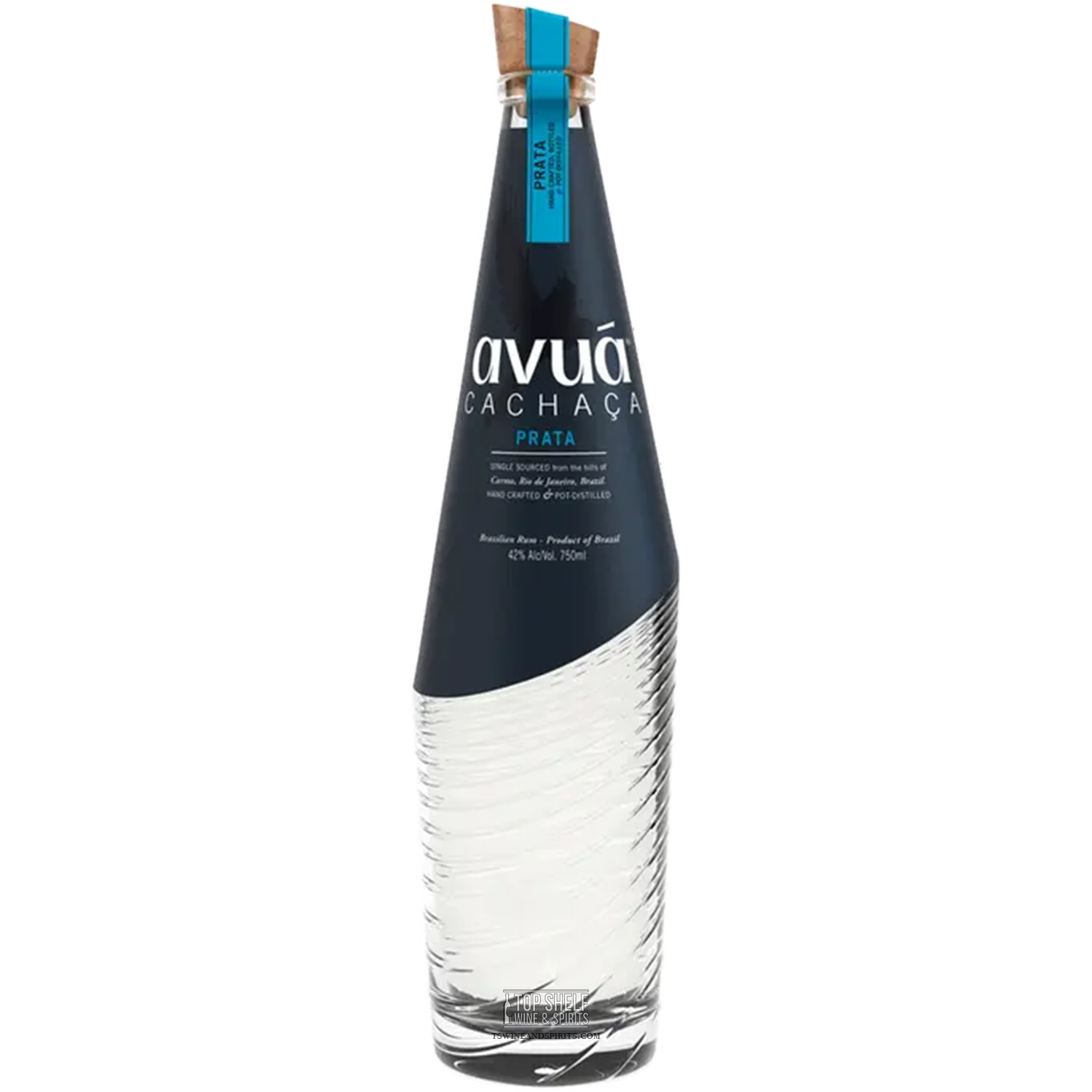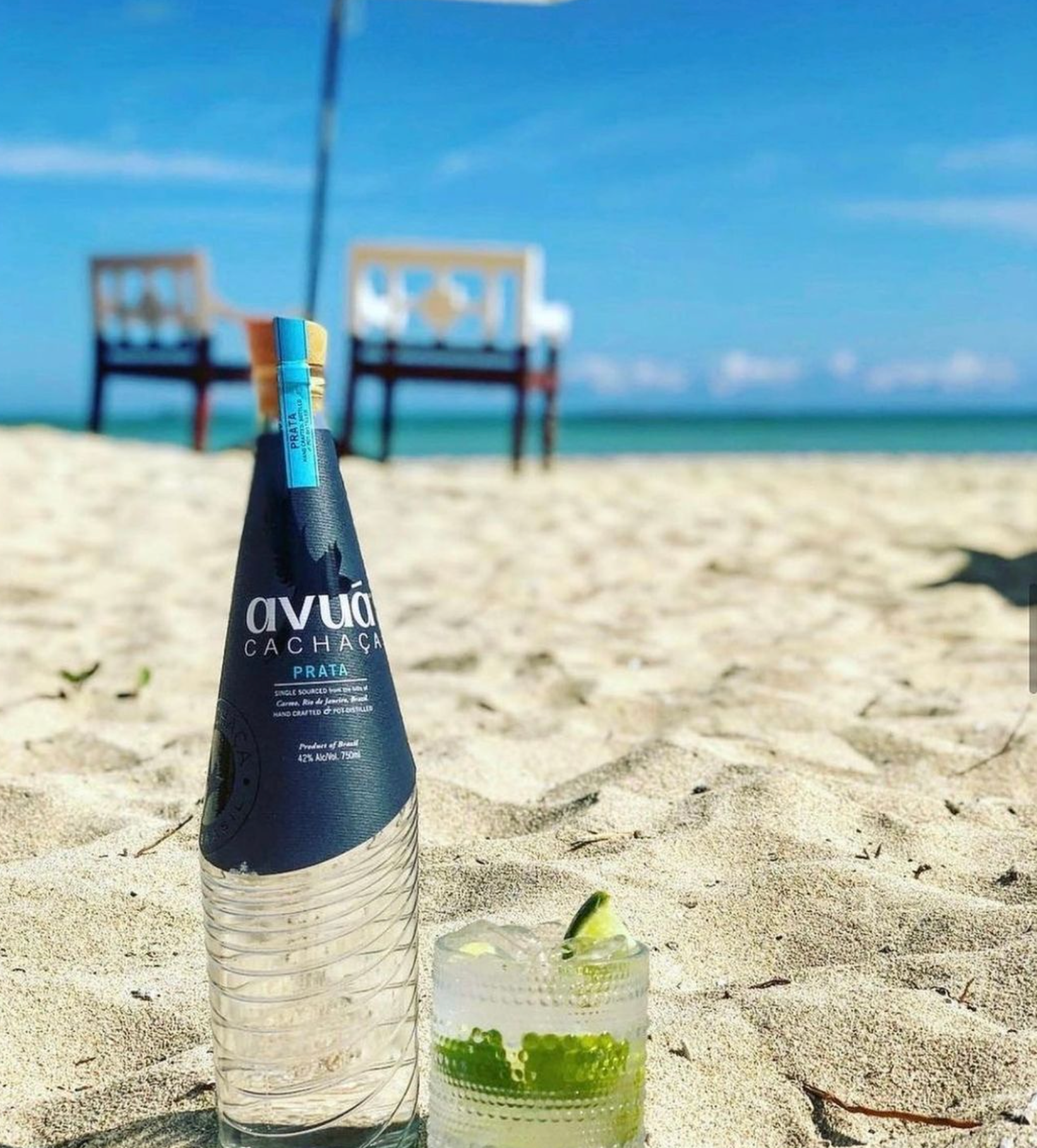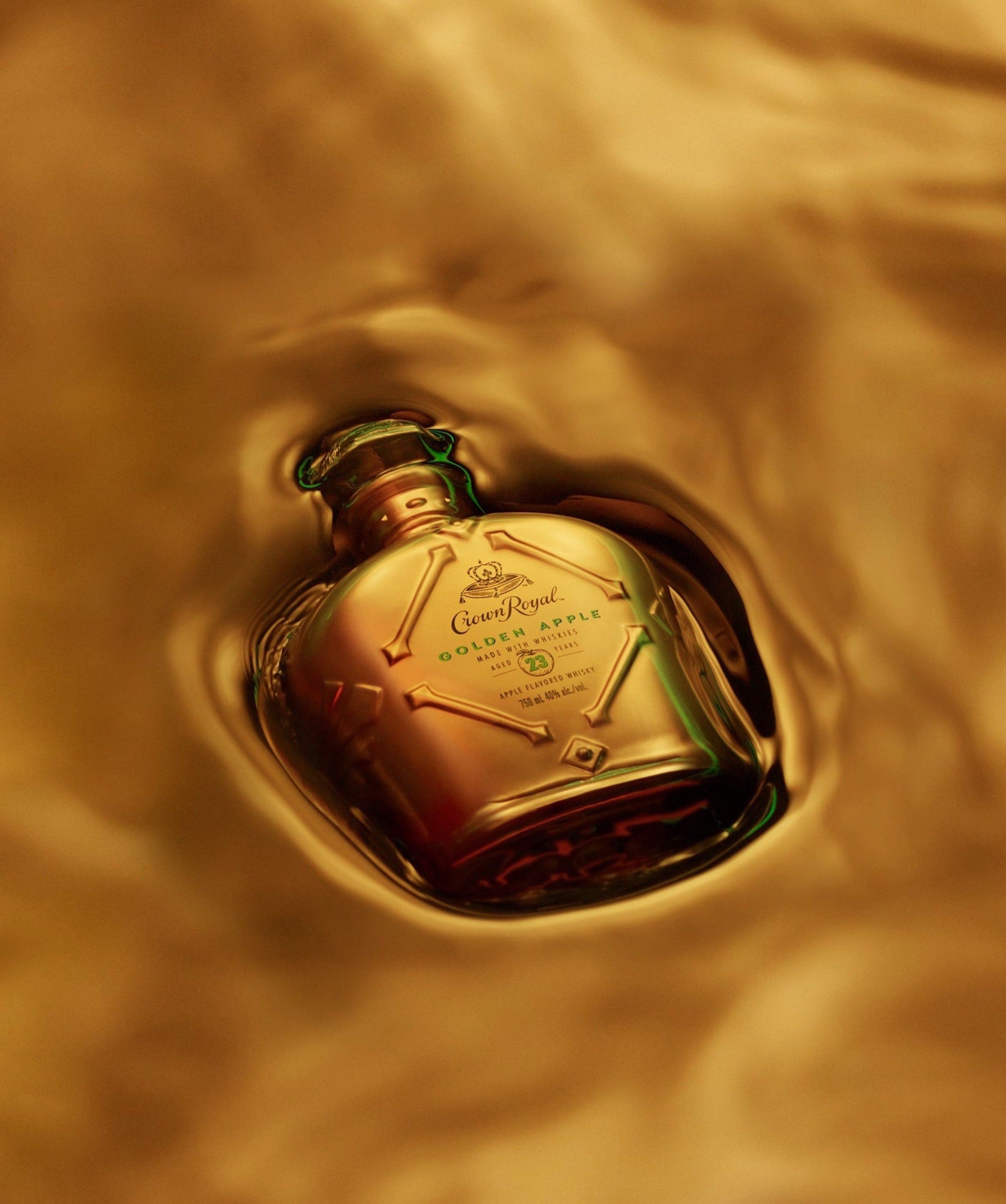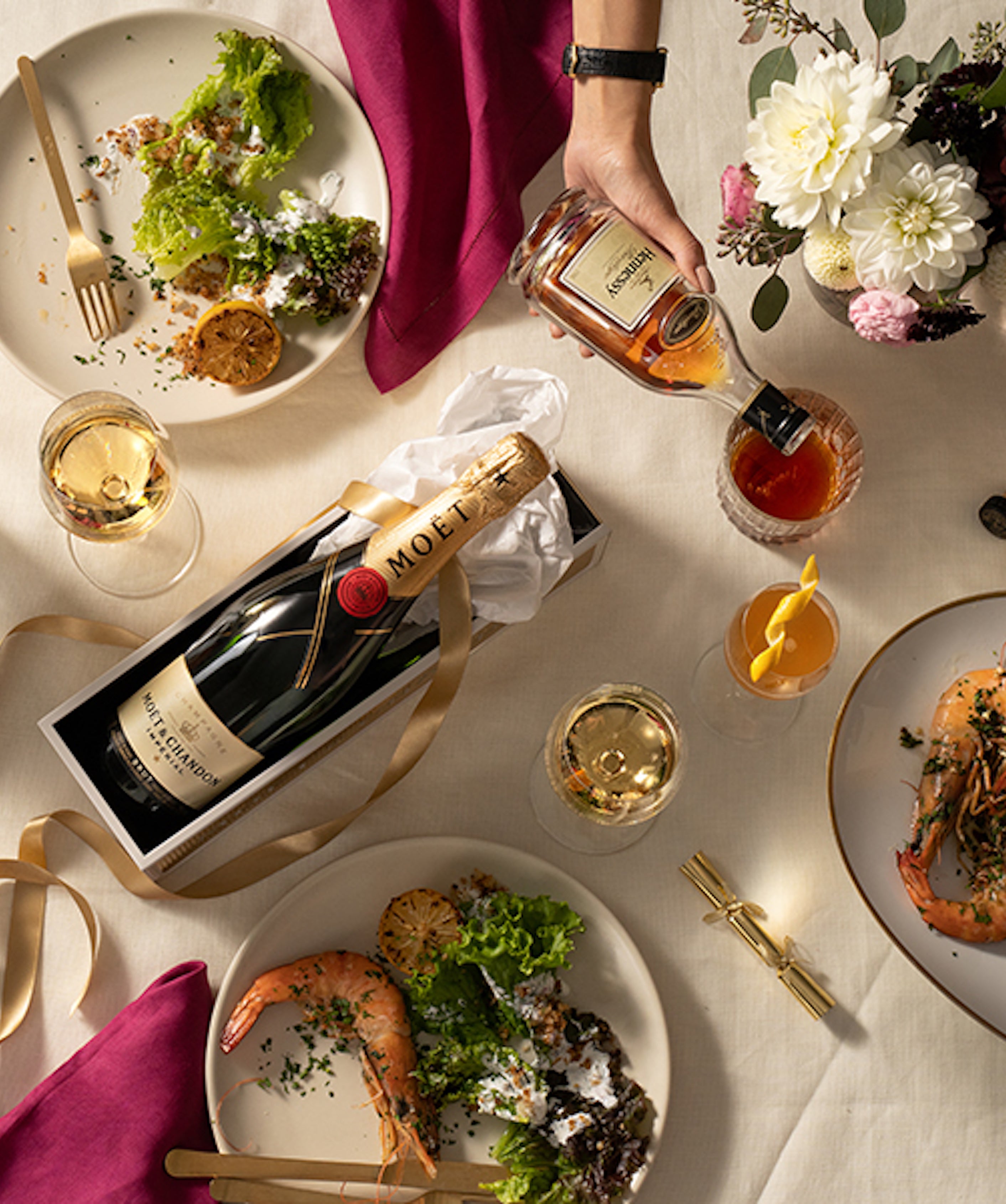




Avuá Prata Cachaça
Ships from San Diego, California
Avuá Prata Cachaça is rested in stainless steel vats before being hand bottled. The result is a LUSH and CRISP spirit with subtle floral notes perfect for exciting new cocktails, or the O'Clássico Caipirinha. Discover and enjoy our unique hand crafted Avuá Prata Cachaça cocktails.
"Take Fazenda da Quinta, an artisanal producer deep in the backcountry of Rio de Janiero state: a few hundred acres of cane grown without pesticides, cut by hand, run through a water-wheel-powered, and pot-distilled. Avuá Prata, rested in steel, is soft and creamy, with grassy tequila-like notes and a light but persistent funk or "hogo" that makes you want more. It makes a stellar caipirinha." - Dave Wondrich, Esquire
O’Clássico - 2oz Avuá Cachaça Prata, 4 muddled lime wedges, 1 sugar cube and ¾oz simple syrup.
An Italian in Rio - 1.25oz Avuá Prata, 1oz Aperol, 1oz Dollin Dry Vermouth, 1 Dash Celery Bitters (optional pro tip)
SUSTAINABILITY
Avuá as a company passionate about the culture, heritage and ecology of Brazil has a strong commitment to sustainability of its products and its supply chain. Regarding the woods of cachaça, we work to ensure replanting and sourcing from sustainable stocks, as well as improving and optimizing our supply chain over time and contributing over time to a larger conversation about sustainability of cachaça.
What is Cachaça?
Cachaça is Brazil's national spirit, a distilled spirit made from fermented and distilled sugarcane juice. It has a history of almost 500 years, blending three trends in Brazilian culture: Indian, African, and Portuguese. Cachaça is often compared to rum because they share a sugar-based distillate, but cachaça is made from freshly-pressed sugarcane juice, while rum is not. Cachaça is sweeter and has a different taste than rum because it is made directly from sugarcane juice.
Choose options








